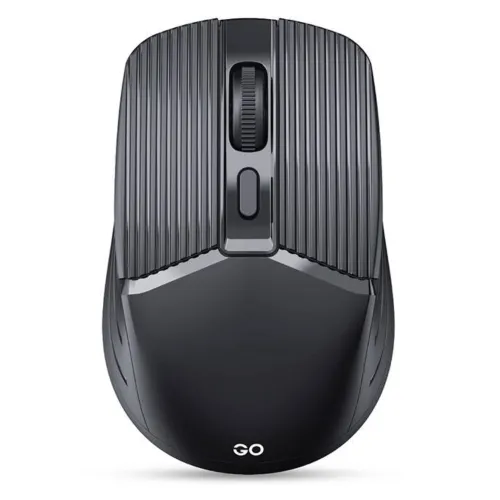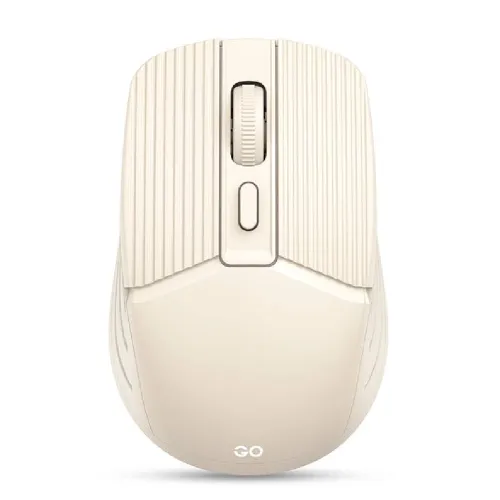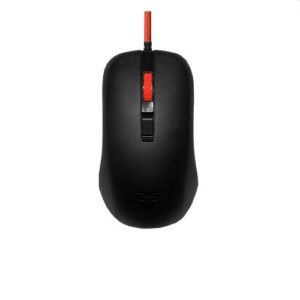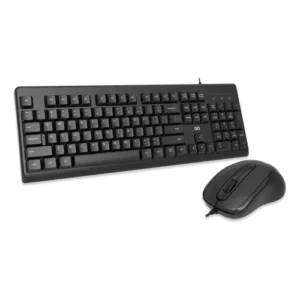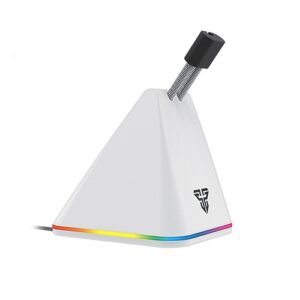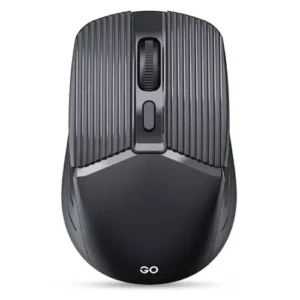Key Features of Wireless Optical Mice
Wireless optical mice have gained popularity due to their convenience and advanced features, which enhance user experience in both gaming and everyday tasks. A primary characteristic of these devices is their connection type, often utilizing a USB receiver for wireless connectivity. This provides a hassle-free setup, eliminating the need for cumbersome cables while maintaining a stable connection, making them ideal for various desktop configurations.
Another significant aspect of wireless optical mice is their optical sensor capabilities. These sensors leverage light to detect movements, offering precision that is crucial for tasks ranging from simple navigation to complex gaming maneuvers. Most modern wireless optical mice offer various optical resolution settings, typically ranging from 1000 to 1600 dots per inch (dpi). A higher dpi setting allows for improved accuracy, making it easier to execute precise movements, particularly beneficial in fast-paced gaming scenarios.
Operational distance is another vital feature of wireless optical mice, with many models providing up to 10 meters of wireless range. This freedom enables users to operate their devices from a comfortable distance, whether in a conference room or relaxing on a couch. Such versatility enhances the usability of these mice across diverse environments, catering to both professional and recreational needs.
In the gaming sector, wireless optical mice often include additional features such as customizable buttons, which can enhance user control and streamline gameplay. Depending on the model, gamers might find specialized buttons for actions such as macros or adjustable settings for rapid response times. The combination of precise optical resolution, a wide operational range, and versatile button configurations makes wireless optical mice a preferred choice among various user types, from casual users to avid gamers.
Physical Specifications and Warranty Information
The physical specifications of wireless optical mice play a significant role in influencing user experience, particularly in terms of comfort and usability. Typically, these mice feature a design that fits naturally within the hand, ensuring ease of use during prolonged periods of operation. One of the standard dimensions observed is 8 cm in width, 5 cm in height, and 12 cm in length. This ergonomic shape allows for a more natural grip, thus reducing strain on the wrist and fingers. The choice of color options, which commonly includes hues like black and beige, caters to a wide range of aesthetic preferences, making it easy for users to select a mouse that complements their workspace.
In addition to design, battery life is a crucial aspect, especially for those seeking a hassle-free experience. Most wireless optical mice are powered by a single AA battery, which provides a remarkable lifespan of up to three months, depending on usage. This extended battery life eliminates the frequent need for replacements, ensuring that users can maintain productivity without interruptions. Furthermore, many models come equipped with power-saving features that help to extend battery longevity even further, thereby enhancing user-friendliness and reducing waste.
Another essential element to consider is the warranty information provided by manufacturers. Typically, a 1-year warranty accompanies wireless optical mice, acting as a form of reassurance regarding product quality and offering peace of mind to customers. During this warranty period, any defects or performance issues are addressed, ensuring that users receive appropriate support. This comprehensive approach to warranty and customer service reinforces the reliability of wireless optical mice as an investment in quality and functionality.
